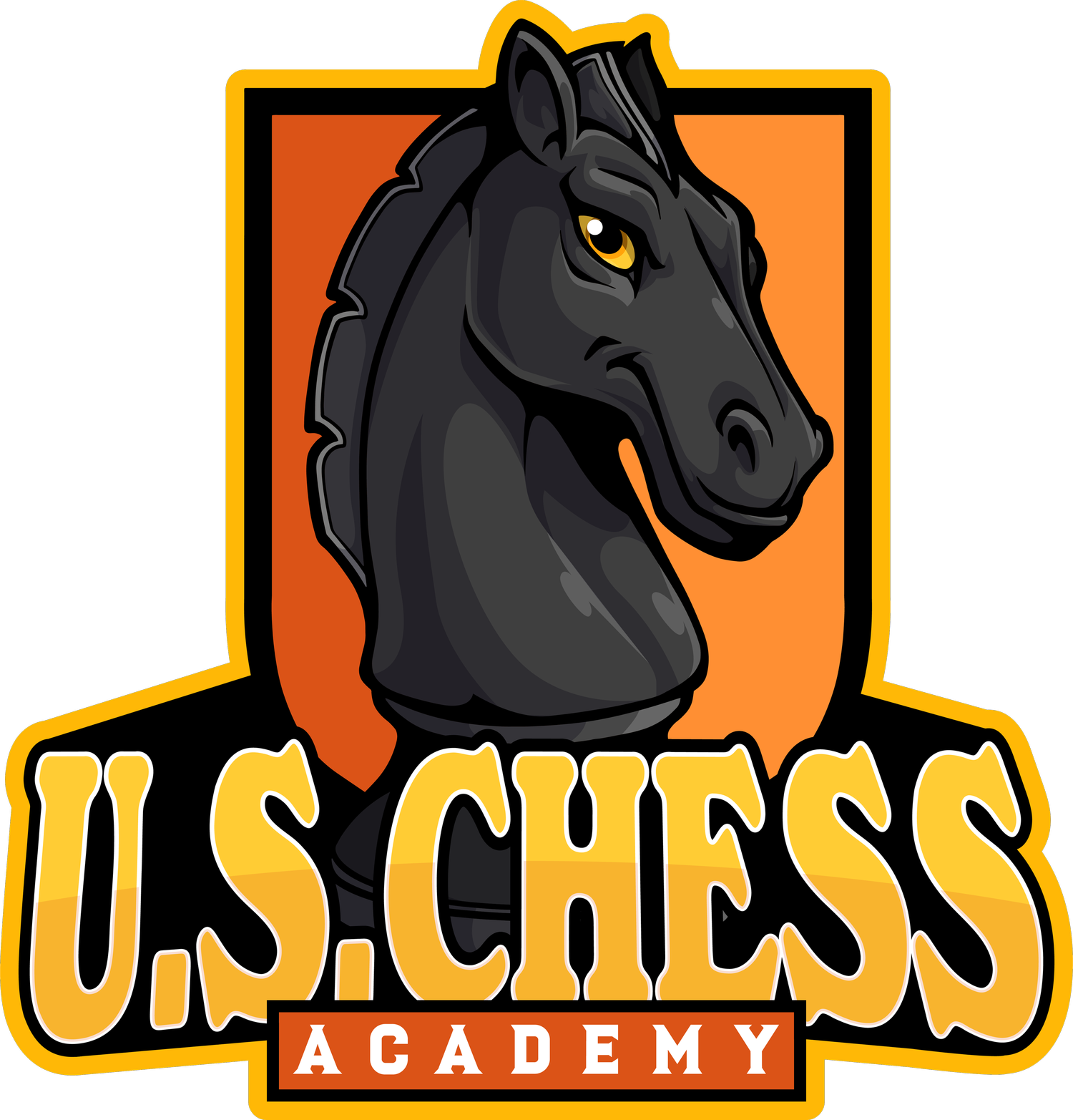How to Think Ahead in Chess: Improve Your Strategy
Chess is often called a game of strategy, but at its core, it is truly a game of foresight. Thinking ahead in chess is crucial because it allows you to anticipate what might happen several moves later, giving you the chance to plan effectively. The ability to see beyond the current move separates skilled players from beginners. Developing this skill enhances your ability to control the game.
The Fundamentals of Thinking Ahead in Chess
Thinking ahead in chess involves imagining future moves before they happen. This skill helps you plan and foresee potential outcomes of the game. It starts with understanding the current position on the board. Knowing where every piece stands is crucial because it sets the stage for forecasting future moves.
To think ahead effectively, recognize immediate threats. Ask yourself what your opponent wants to do next. This strategy helps block their plans and strengthens your own position. Considering your opponent's strategies will also give you a clearer picture of what might unfold in the following moves.
Another important part is visualizing moves. Picture the board's layout after each move. This mental exercise enhances your ability to see possible combinations and sequences. It also reduces mistakes as you plan your strategy more precisely.
Having a plan is essential. Decide what your ultimate goal is, whether it's to gain an advantage in material or to checkmate the opponent's king. Stick to your plan, but remain flexible enough to adapt when needed. Mental discipline, paired with experience, builds the foundation for thinking ahead in chess, allowing you to handle various challenges during the game confidently.
Techniques for Evaluating Future Moves
Evaluating future moves involves assessing various possibilities to determine the best action. Start with "if-then" scenarios. For each of your moves, consider how your opponent might respond. This foresight helps you plan two or three steps ahead, giving you a strategic advantage.
Another effective technique is using candidate moves. Identify multiple moves you might make and weigh their pros and cons. This method opens up multiple options, allowing for more informed decisions.
Using sections of the game, like the opening, midgame, and endgame, to evaluate moves can also be beneficial. Reflect on your position to see whether it's advantageous or if adjustments are necessary. During the opening, focus on piece development and control of the center. For the midgame, look for tactical opportunities, while in the endgame, aim to simplify and push for a winning position.
Keeping track of potential threats, such as forks, pins, or discovered attacks, helps protect your pieces while seeking out ways to pressure your opponent. Evaluate the board regularly and adjust your moves in response to changes. These techniques guide you in crafting well-thought-out strategies, crucial for success in chess.
Leveraging Pattern Recognition for Better Planning
Pattern recognition is a powerful tool that helps chess players predict moves based on familiar patterns they have seen before. Recognizing patterns allows you to recall similar game situations and apply successful strategies you learned earlier. This ability enhances decision-making by making the thought process quicker and more efficient.
One way to develop pattern recognition is through regular practice. Play as often as you can and review your games afterward. Analyzing previous matches helps reinforce patterns in your mind and identify areas for improvement. Another way to grow this skill is by studying classic games played by chess masters. By doing so, you learn common motifs and tactical ideas that frequently occur.
Visual aids like diagrams and puzzles can also develop pattern recognition. Solving chess puzzles challenges you to spot solutions in tricky scenarios. These exercises train your brain to recognize patterns instantly on the board.
Finally, focusing on specific game segments, such as openings and endgames, can further hone your pattern recognition. Each segment has unique patterns worth mastering. By leveraging pattern recognition, you can better anticipate your opponent’s moves and craft more effective plans.
Common Pitfalls and How to Avoid Them
Many chess players struggle with pitfalls that hinder their ability to think ahead. The first pitfall to watch out for is tunnel vision, where players focus too narrowly on one plan. This mindset can lead to overlooking better opportunities elsewhere on the board. To avoid this, stay flexible and always consider multiple plans.
Another common mistake is rushing moves without evaluating them thoroughly. Quick decisions can lead to regrettable blunders. Instead, take a moment to double-check moves for potential threats and opportunities.
Overconfidence in your position is another trap that can cause problems. Even if you believe you have the upper hand, unexpected tactics from your opponent might still catch you off guard. Maintain a defensive mindset while looking for ways to solidify your position.
The lack of a concrete plan is also a frequently encountered issue. Wandering during a game causes players to react passively rather than actively shaping the outcome. Develop a clear strategy early on, but be open to adapting it when circumstances change.
By recognizing these pitfalls and actively working to avoid them, you can enhance your ability to think ahead and improve your game.
Conclusion
Thinking ahead in chess brings depth and excitement to playing. You become a more rounded player by understanding fundamentals, evaluating moves, recognizing patterns, and steering clear of pitfalls. These skills enhance your ability to make informed decisions, predict your opponent’s moves, and execute effective strategies.
If you’re eager to enhance your strategic thinking in chess and master these techniques, the United States Chess Academy offers programs tailored for all skill levels. Our expert chess tutors online provide personalized guidance to help you think several moves ahead and achieve your chess goals. Join us and take your game to the next level!

